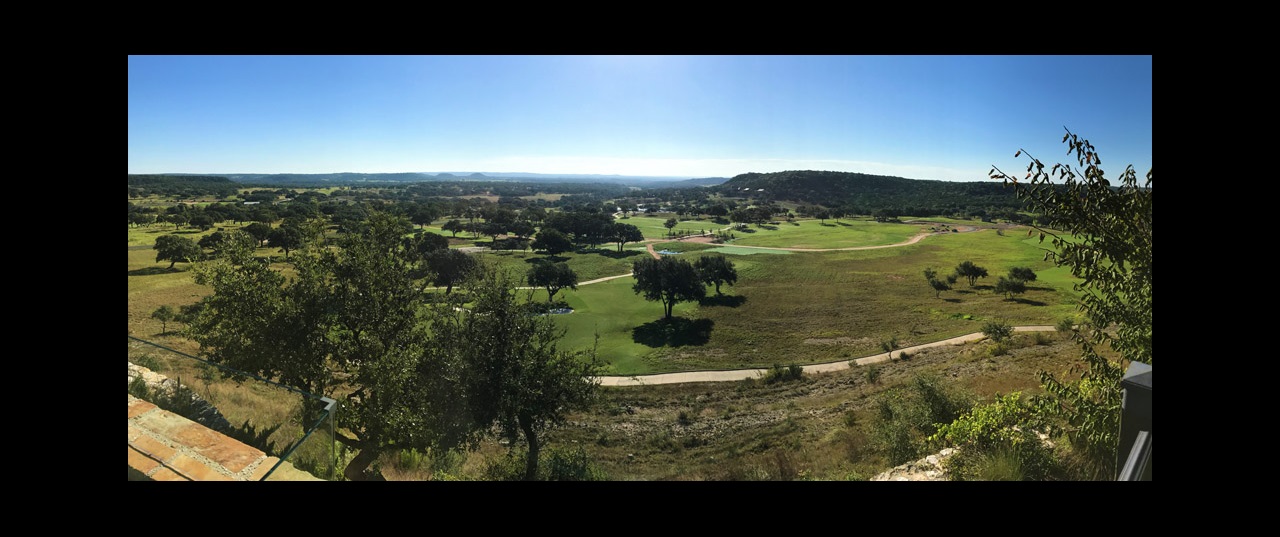
Edit: For a July update from Sarah on what’s going on in her community, check out this link.
This week, we are waiting for COVID-19 in my town in Central Texas, population 10,140 (2019). As of April 12, we have one confirmed case of the virus in our county.
Gov. Andrew Cuomo is projecting a plateau in New York, National Institute of Allergy and Infectious Diseases Director Anthony Fauci, MD, believes the number of U.S. deaths will be less than initially projected, and Secretary of the Treasury Steven Mnuchin says U.S. businesses could open again in May.
There is an uncanny quality to living in my rural corner right now. We are in our fifth week of shelter in place, still anticipating a crisis that is reaching its crescendo in other parts of the nation.
I use the term “we” loosely. My face mask still gets odd looks from many other shoppers at the grocery store. I look out the window and see neighbors talking to each other while standing far too close. Most of us are taking social distancing seriously, but adherence is not uniform in my town.
I have heard it said that we social distance by default in the countryside. Fresh air, rolling hills and wildflowers create the illusion of personal space.
But will COVID-19 hit rural communities like mine? Without a doubt.
As of April 6, more than two-thirds of rural counties in America reported at least one case of COVID-19. According to The New York Times; one in ten of those counties have reported their first death. One Forbes article reports that the virus is taking an “all-American road trip through the interstate system to cross the country and infiltrate rural communities.”
What will coronavirus find when it hits Main Street in small-town America? It will depend on where that town is. We are lucky here in Texas’ Hill Country; Peterson Health, where I am proud to sit on the board, has been ready since mid-February. We have built two additional ICU rooms and increased both our negative-airflow and ventilator capacities.
Most of rural America does not have these luxuries. Since 2010, 121 rural hospitals have closed, AHA reports, and another 350 are at risk today.
Even where access to a rural hospital is possible, ICU beds are in short supply and staffing is a perennial issue in the best of times. Rural Americans are more likely to be uninsured and stay uninsured for more extended periods, according to the Center for Rural Affairs. (For more on the challenges facing rural health providers, see AHA’s 2019 Rural Report).
About 60 million people, or one in five Americans, live in rural America. The demographics of that population present a host of issues for their providers. On average, rural Americans tend to be poorer, older and “more likely than urban residents to die prematurely from all of the five leading causes of death: heart disease, cancer, unintentional injury, chronic lower respiratory disease, and stroke,” according to the CDC.
The risk of severe illness with COVID-19 is higher for “older adults and people of any age who have serious underlying medical conditions,” a description that fits rural America all too well.
This is a snapshot of the communities that will constitute the next wave of COVID-19 in the weeks and months to come. The impact promises to be brutal and, in many small towns, unexpected. There is disbelief that the horror of the cities is heading our way.
Please remember this as signs of hope are peeking into our daily lives. It is too early to breathe a sigh of relief in America—the second shoe is about to drop.
Sarah Fontenot joined the ACHE faculty in 2007 and has been the Adjunct Professor for health law in the Department of Health Care Administration at Trinity University since 1997. Her twice-monthly newsletter, “Fontenotes,” provides clear information about today’s healthcare system.

